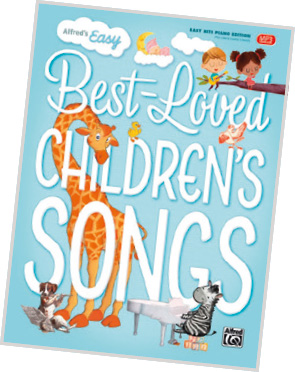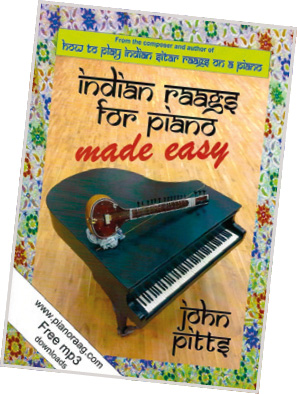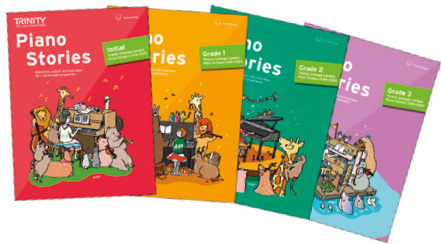
Favourite Children's Songs for Piano
Matt Walker, Quark Publishing, £6.99
We all have our favourite tutor books and in them there are always a few bankers: pieces that go down well with our pupils, that they will play over and over again, such as ‘London Bridge is Falling Down’, ‘Hot Cross Buns’, ‘Twinkle, Twinkle, Little Star’, and ‘Old MacDonald’. Not every tutor book has them all, but this one does! Hooray for Matt Walker, who has compiled a yummy little book of 36 popular and well-loved nursery rhymes, children's songs, and the occasional famous classical piece, at a very reasonable price, progressing from complete beginner to prep-test standard. The first section is simple tunes for one hand, the second has melodies shared between two hands, the next is putting hands together, and the final section is four prep-test standard pieces. They all include the words, clearly and simply printed with no unnecessary illustrations, and will fit alongside any beginner tutor book. You can hear the pieces, and download accompaniment chords and teaching notes, at walkerproductions.co.uk. If you teach young beginners, get this book. You will not regret it.
Alfred's Easy Best-Loved Children's Songs
Alfred, £29.99

This book looks lovely and would grace any staffroom coffee table with style. It's thick and inviting and promises much. There is even an MP3 download available and printed guitar/ukulele chords. There are over 100 songs from the USA, the UK and Europe, and six pages of background notes about each song. However, it's not easy to play. Most of the songs are at least Grade 4 standard and frequently feature three-note right-hand chords. The paper is thick and will not stay open – a spiral-bound version is surely best in teaching situations – and many of the words and melodies are not the ones we all know and love. If you are an educator in an international school, it may be useful. Otherwise, it's an expensive but beautiful keepsake.
Indian Raags for Piano Made Easy
John Pitts, Intensely Pleasant Music, £7.99 Available via www.pianoraag.com

I know very little about classical Indian music, so I was most intrigued when this slim little book dropped through the letterbox. John Pitts is a British composer living in Bristol who, after spending a gap year in Pakistan, was moved by the desire to make Indian raags (also known as raga or rag) accessible to pianists of all levels. This book is designed for near beginners to early intermediate-level players. The introduction explains what a raag is, what the book does, and the structure of each of the six raags it contains. Raags are usually played by a melody instrument or voice and accompanied by a drone and percussion; these have been arranged for piano and then simplified. There is a page of the scales – building blocks – used in every raag, and each one has the safe option of the left hand being performed by the teacher, and provides clear ideas for improvisation. I can see this book being extremely useful to: those who teach world music and would value a keyboard approach to it; classical pianists wanting a wonderfully approachable insight into Indian music; and anyone teaching pupils of Indian heritage.
Piano Stories: Motivation, support and inspiration for creative exam preparation
Methanan Sivayathorn, Trinity College London Press, £9–£12

These books are designed to sit alongside Trinity's Piano Syllabus 2018-2020. Each book features many exercises, games, duets and activities, based on the syllabus pieces. For example, the ‘Allemande’ in the Grade 1 Piano Stories book has an explanation of what an allemande is, many useful technical exercises, an opportunity to improvise in a simple duet, and beautiful illustrations. The ‘Shepherd's Melody’ in the Grade 2 book has words to fit the rhythms, a clear explanation of 6/8 time, and a theory game illustrated with sheep. The books would mean an additional expense for parents and some of the ideas would be too childlike for older beginners but they come with access to professional audio tracks from Soundwise, and would be worthwhile purchases for the teacher. The ideas are delightful, imaginative and represent what every thoughtful piano teacher would enjoy doing. They are holistic teaching and learning at its best.








